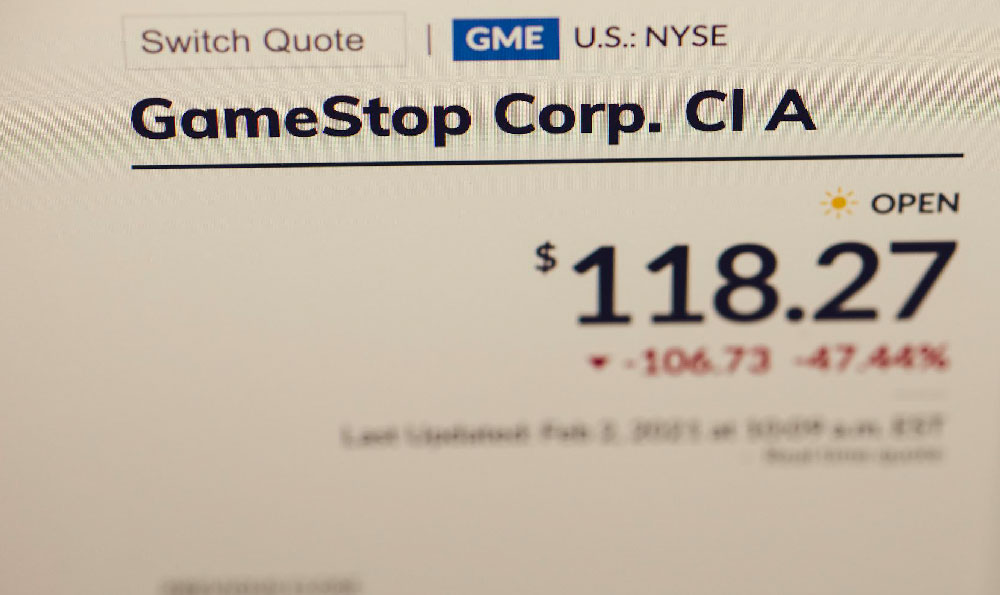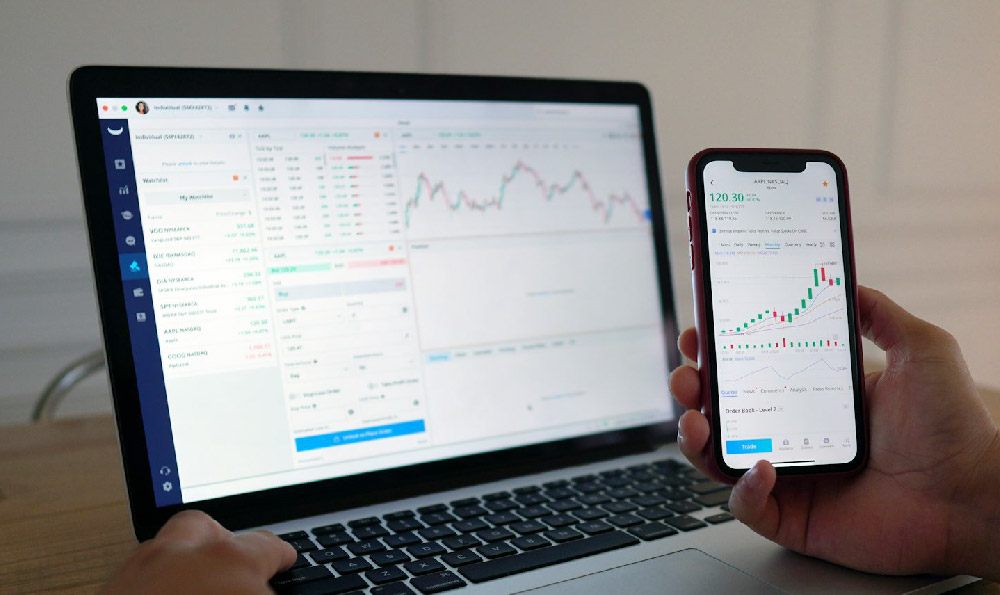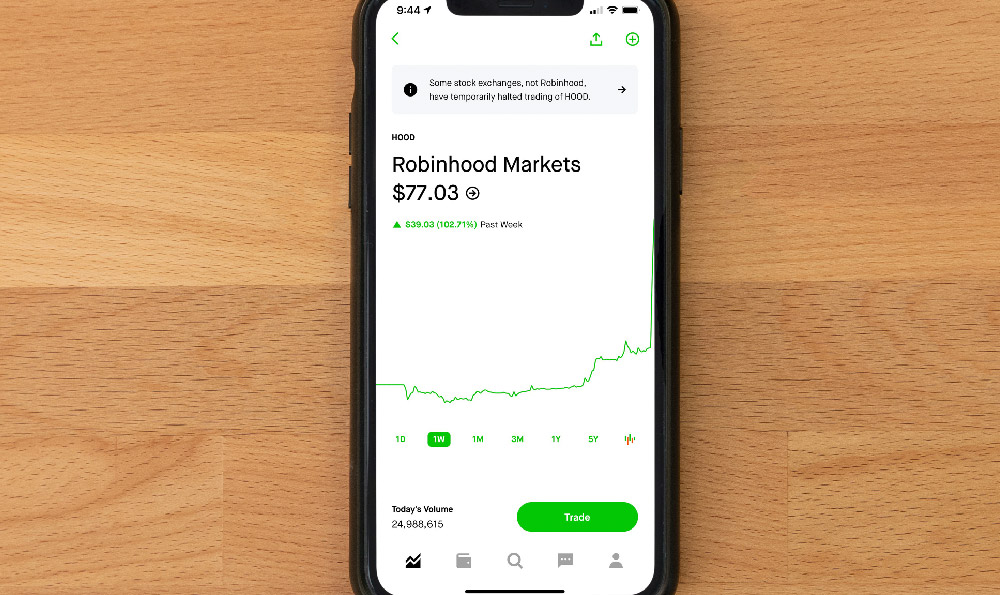Understanding Amazon FBA in 2023: A Strategic Approach for Profitable E-commerce Ventures
Amazon Fulfillment by Amazon (FBA) has long been a cornerstone for sellers aiming to scale their online businesses, and 2023 continues to present unique opportunities and challenges in this dynamic landscape. While the platform’s algorithms, marketplace regulations, and consumer behaviors evolve, the principles of turning FBA into a profitable venture remain rooted in research, adaptability, and execution. For beginners, the key lies in approaching FBA not as a shortcut to wealth but as a structured system that requires patience, discipline, and a deep understanding of both the market and the seller’s role.
The foundation of any successful FBA strategy begins with identifying the right product niche. With over 1.4 billion products listed on Amazon, standing out requires more than just selecting an item that catches your eye; it demands analyzing demand trends through tools like Amazon Trends, Jungle Scout, or Helium 10. In 2023, certain categories have shown increased potential due to shifting consumer priorities. For example, the demand for eco-friendly products has surged as sustainability becomes a more prominent factor in purchasing decisions, while the market for smart home devices and health-related goods remains resilient despite economic headwinds. By focusing on products with consistent demand, low competition, and favorable profit margins, new sellers can avoid the pitfalls of saturated markets and volatile price fluctuations.

Once a product is selected, the next critical step is optimizing the listing to maximize visibility. Amazon’s search algorithm prioritizes listings with high relevance, quality content, and competitive pricing. A well-structured title that incorporates high-volume keywords, detailed bullet points that highlight product benefits, and high-resolution images are essential. However, it’s equally important to understand the importance of A+ content and product descriptions that align with buyer expectations. Sellers should also monitor their pricing strategies continuously, leveraging Amazon’s Dynamic Pricing to remain competitive while ensuring profitability. In 2023, the ability to respond quickly to price changes and competitor activity has become a differentiator, as the market becomes increasingly data-driven and automated.
Profitability in FBA is not solely dependent on sales volume; it hinges on efficient order fulfillment and cost management. The platform’s FBA model allows sellers to outsource warehousing, packing, and shipping to Amazon, which can significantly reduce operational overheads. However, this convenience comes with its own set of challenges. Sellers must carefully evaluate their sourcing strategies, ensuring that suppliers deliver high-quality products on time and at competitive prices. In 2023, the rise of third-party logistics services has introduced new options for sellers to streamline their supply chains, but it also requires vetting these services for reliability and cost-effectiveness. Additionally, understanding the nuances of Amazon’s fees—such as fulfillment, advertising, and subscription costs—is crucial to maintaining a healthy profit margin.
Marketing remains a vital aspect of FBA success, and in 2023, the landscape is more competitive than ever. While organic traffic is still the backbone of Amazon sales, the platform’s increasing reliance on AI-driven advertising has made targeted promotion a necessity. Sellers should invest in Amazon’s Sponsored Products and Sponsored Brands campaigns, leveraging data analytics to refine their ad strategies. Tools like ACOS (Advertising Cost of Sale) and ROI (Return on Investment) metrics can help sellers evaluate the effectiveness of their campaigns. However, it’s important to avoid over-reliance on ads, as they can be costly and do not guarantee long-term sales. Instead, a balanced approach that combines paid advertising with high-quality product listings and customer reviews is more sustainable.
Risk management is an often-overlooked component of FBA, yet it plays a pivotal role in long-term profitability. Sellers must be prepared to navigate challenges such as account suspensions, product returns, and supply chain disruptions. Amazon’s policies have become more stringent in recent years, with increased scrutiny on listing quality, customer satisfaction, and compliance with guidelines. To mitigate these risks, sellers should consistently monitor their account health, address negative feedback promptly, and maintain a high Standards of Performance score. Additionally, diversifying the product portfolio can reduce the impact of market fluctuations or underperforming items.
Another critical factor in 2023 is the importance of building a loyal customer base. With the rise of Amazon Prime and subscription models, repeat purchases and customer retention have become more valuable than one-time sales. Sellers should focus on creating a seamless customer experience, including reliable delivery, clear product descriptions, and exceptional customer service. Tools like Amazon’s Brand Registry can help sellers manage their intellectual property and protect their brand identity, which is increasingly important in a marketplace crowded with competitors.
Finally, the scalability of FBA in 2023 hinges on the ability to adapt to technological advancements and changing consumer habits. AI-driven tools for inventory management, demand forecasting, and customer analytics are becoming more accessible to smaller sellers, enabling them to compete with larger enterprises. For example, the integration of AI-powered repricing tools can help sellers optimize their prices in real-time, while automation in order processing can reduce manual errors. Additionally, the growing emphasis on sustainability and ethical sourcing has opened new avenues for sellers to differentiate their products, such as offering carbon-neutral shipping options or eco-friendly packaging designs.
In conclusion, Amazon FBA in 2023 is not merely about listing products and waiting for sales—it requires a meticulous approach that combines market research, strategic product selection, operational efficiency, and proactive risk management. By focusing on these elements, beginning sellers can build a sustainable business that thrives in the ever-changing e-commerce landscape. The journey is not without challenges, but with the right mindset and tools, the rewards can be substantial. As the market evolves, staying informed, adaptable, and focused on long-term growth will be the keys to unlocking success.












